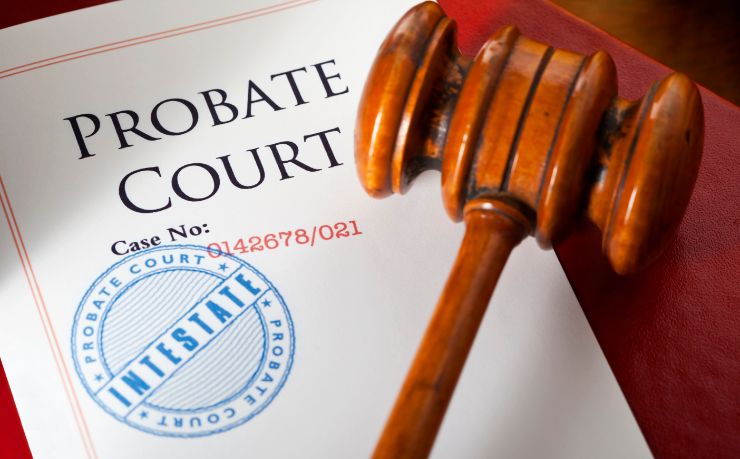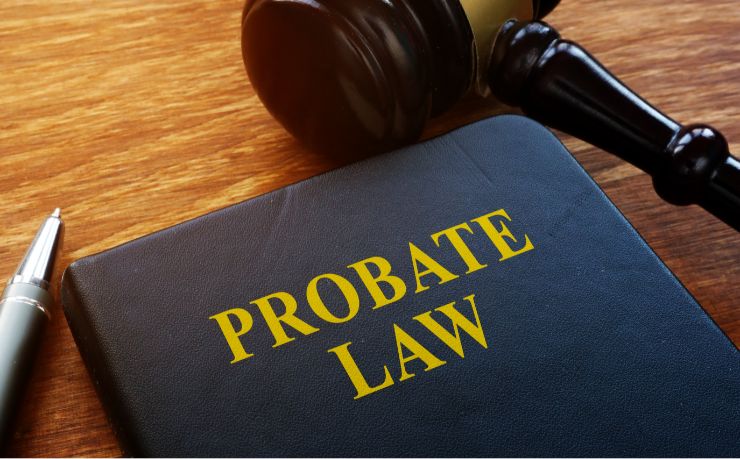Childbirth After a Parent’s Death and Intestate Succession

Scientific developments have made possible the use of assisted reproductive technologies to create alternative families. One problem is determining parenthood in cases of after death conception (post-mortem conception.) If you die without a will in California, your assets will go to your closest relatives under state “intestate succession” laws. What intestate (without a Will) inheritance rights does the after death conceived child have?
Consider the following: Through artificial insemination of his mother a baby boy is conceived with sperm from the mother’s deceased spouse. Pursuant to Cal. Prob. Code § 249.5, a posthumously conceived child in California must meet the following conditions in order to be eligible for any of the deceased parent’s property. Because most of the cases involve harvesting sperm the following discussion involves the use of the father’s sperm after the father’s death.
- The father must clearly state, in a signed and dated writing, that after his death his sperm be used for the child’s conception (this may be revoked or amended only by another signed and dated writing by the father) and designate someone to control the sperm’s use.
- That designated person must give written notice (by certified mail) that the sperm is available for conception after death to someone with the power to control the distribution of the father’s property or death benefits.
- The foregoing notice must be received within four months after the father’s death certificate is issued or a judgment determining the fact of the father’s death is entered, whichever occurs first.
- The conceived child must be in utero within two years after the father’s death certificate is issued or a judgment of death is entered, whichever is first.
In addition, if the father’s personal representative receives notice or has actual knowledge within 4 months after issuance of the father’s death certificate (or the earlier entry of judgment determining the fact of the father’s death) that the father’s genetic material is available for purposes of posthumous conception, the personal representative may not make a distribution until 2 years after the father’s death (California Probate Code § 249.6(a)), unless:
- The personal representative received written notice that the person designated by the decedent does not intend to use the material for the posthumous conception of a child of the decedent (Prob C §249.6(c));
- The birth of the child will have no effect on the proposed distribution, payment of death benefits, determination of rights to property to be distributed on the decedent’s death, or the right of any person to claim a probate homestead or probate family allowance (Prob C §249.6(b)); or
- A petition for early distribution has been filed (Prob C §249.8).
If you have a California probate matter please contact me. You can reach me by phone at (760) 501-2713, by email at [email protected] or through my online contact form.
I handle probate matters in all California counties in all California probate courts, including Southern California Counties, such as Imperial County, Los Angeles County, Orange County, San Bernardino County, and San Diego County. I represent parties residing in California and outside of California, including foreign countries.
Copyright © 2021, William K. Sweeney, Attorney at Law. All rights reserved. Unauthorized use and/or duplication of this material without express and written permission from this article’s author and/or owner is strictly prohibited.







